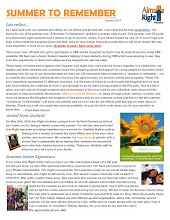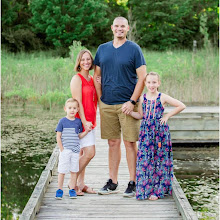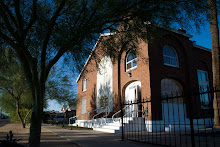Consider this pyramid and how a foundation of ACE's leads to social, emotional, and cognitive difficulties, along with risky behaviors that compromise health and wellness.
Source: jimfazioib.com
What is an adverse childhood experience (ACE)? It is trauma that occurs to an individual before the age of 18. Here is a list:- recurrent physical abuse
- recurrent emotional abuse
- sexual abuse
- alcohol or drug abuse in the household
- incarcerated household member
- someone in the house who is depressed, mentally ill, institutionalized, or suicidal
- mom who was treated violently
- one or no parent
- emotional or physical neglect
I found it interesting that the qualification "mom who was treated violently" made the list of ACE's. A few years ago, a pre-teen girl shared some past stories about her mother. I saw a pattern of attraction towards aggressive men and asked the girl, "Why do you think your mom found herself drawn to those types of men?" The girl immediately became defensive of her mother's choices. In retrospect, perhaps I could have phrased the question differently. From what I knew of her family at the time, her mother was married to a man who appeared to treat them well and had a steady job.
If you want to read further about the ACE study in Arizona, here are some links to pursue:
- Dion Initiative (Some interesting reports)
- AZ PBS (Good overview of the problem)
One final resource to consider with regards to this topic: Dr. Karyn Purvis, of Texas Christian University. I was introduced to her work some time ago. Dr. Purvis is a compassionate, articulate developmental psychologist whose main mission has been helping families who have adopted or fostered children. She often uses the term "children from hard places," and I think many of the children and youth that Aim Right serves come from similar home experiences, even if they are not in the foster care system.
She emphasizes that it's also important to examine a child's pre-birth trauma, since events that occur while the child is in the womb are also traumatic to the developing child. This video examines a child's brain development and also gives hope for the at-risk child. God has marvelously made the brain similar to plastic in that early bad experiences influence it, but so do later, positive, repeated experiences. That is encouraging as we work with at-risk youth!





















